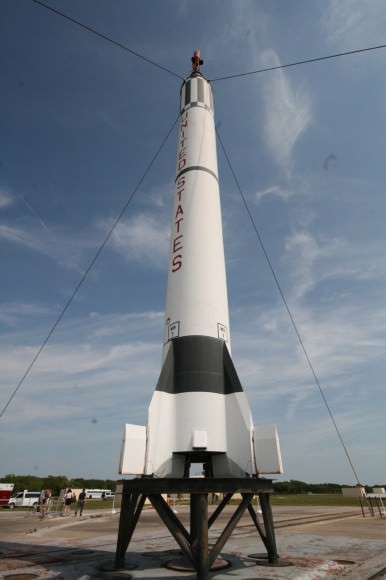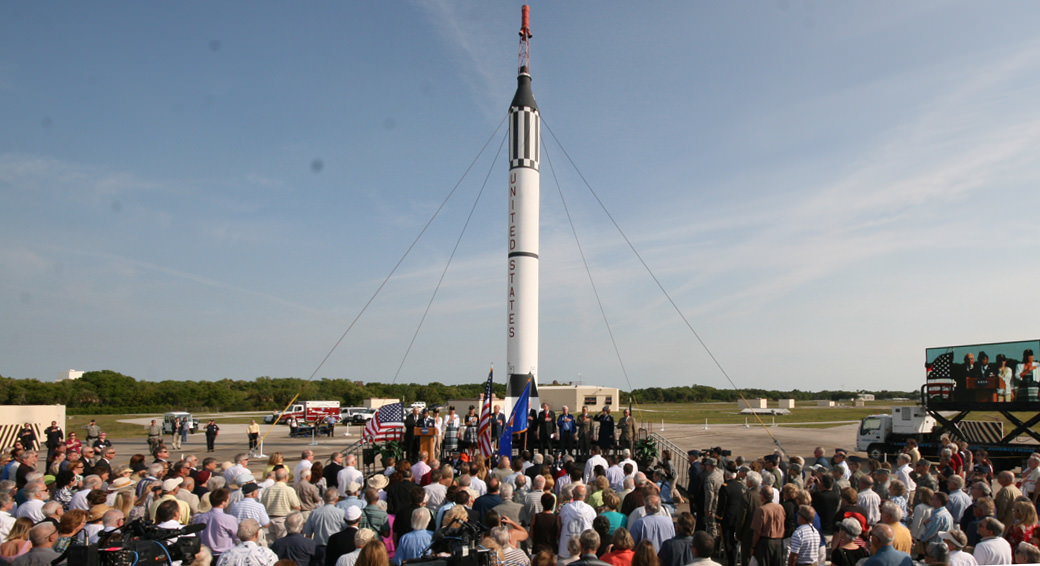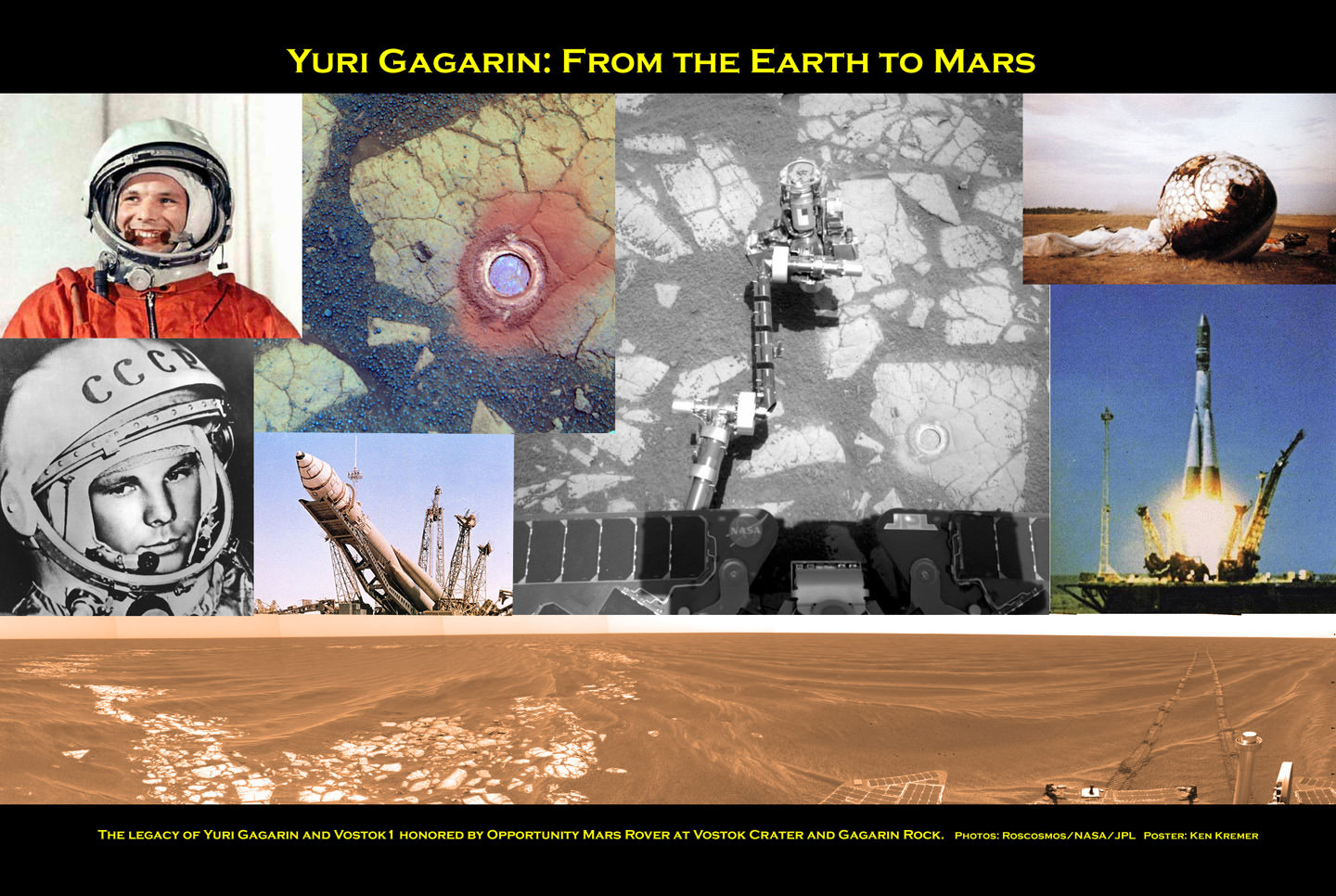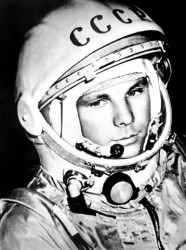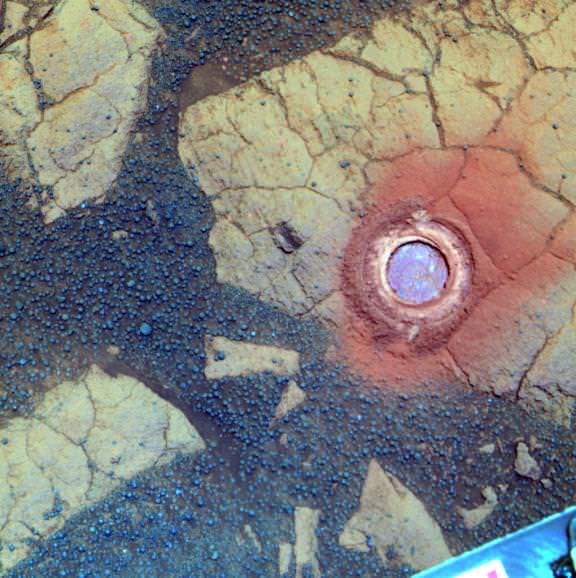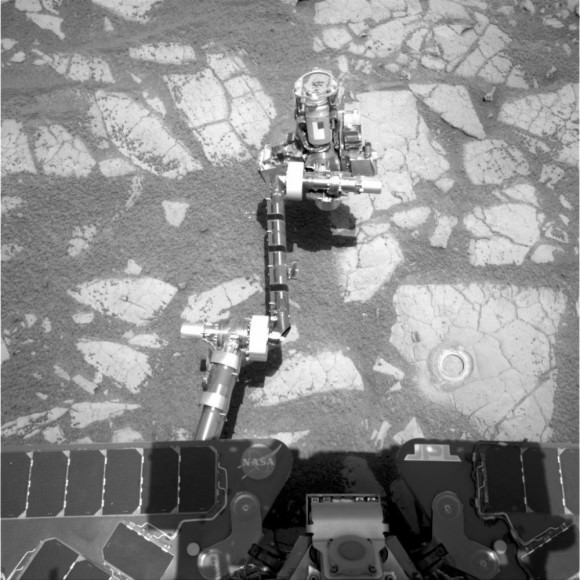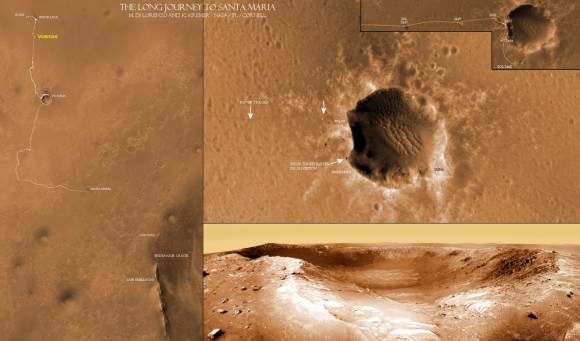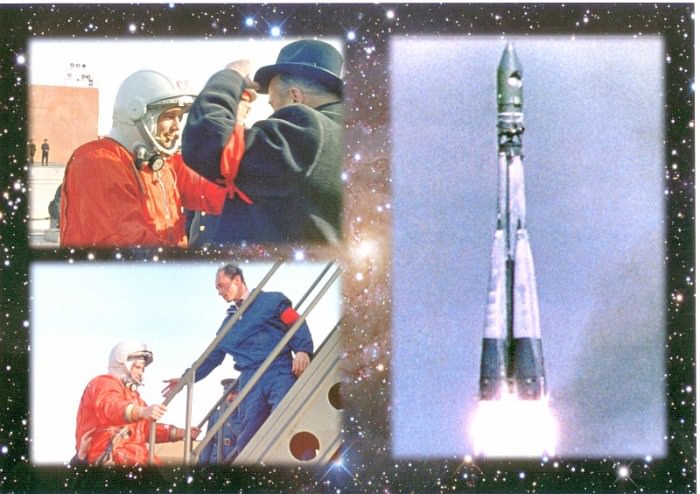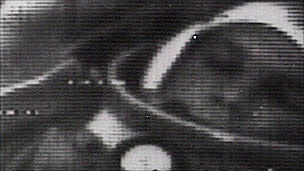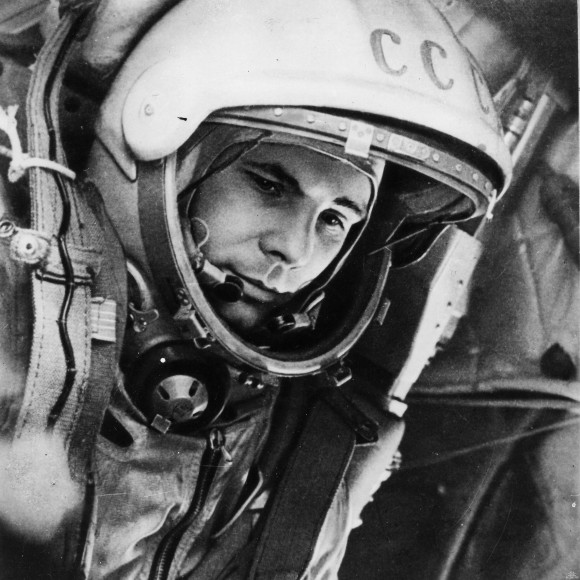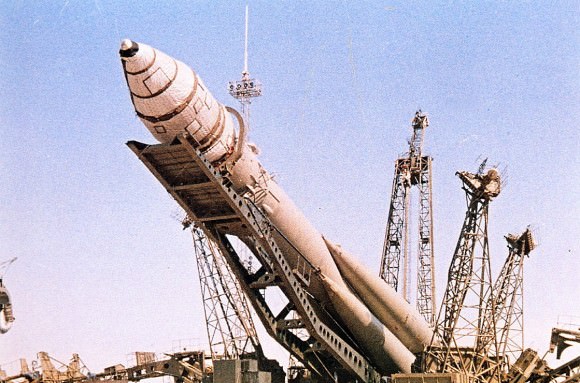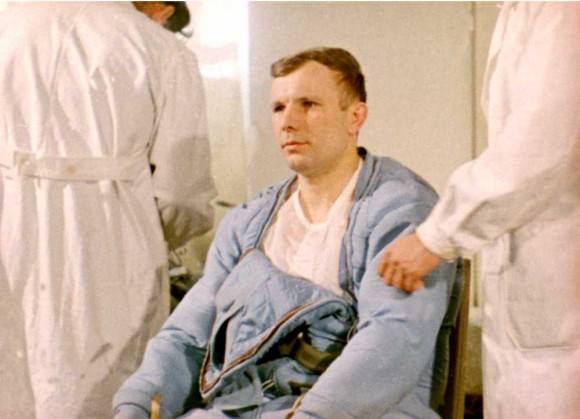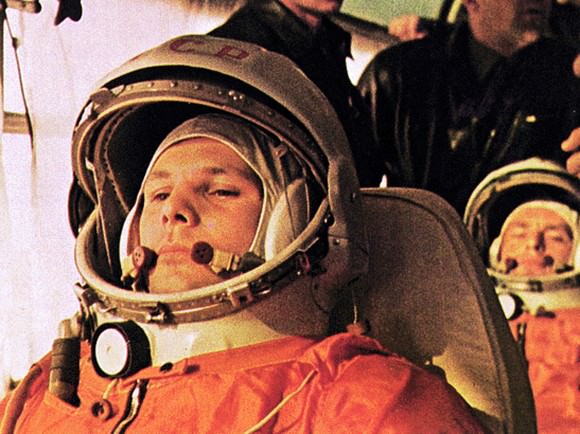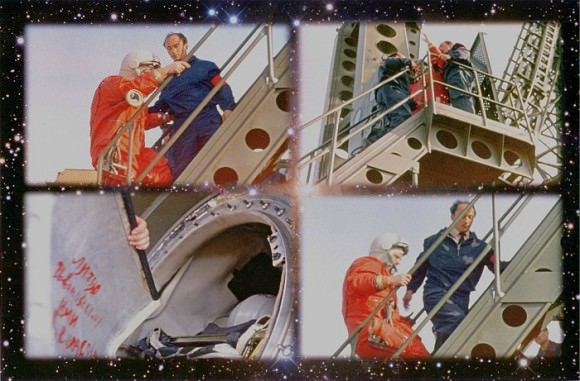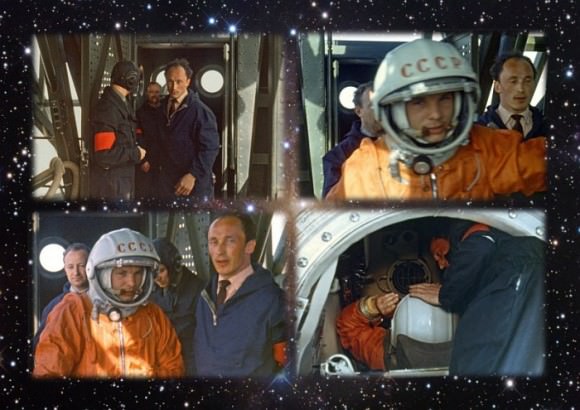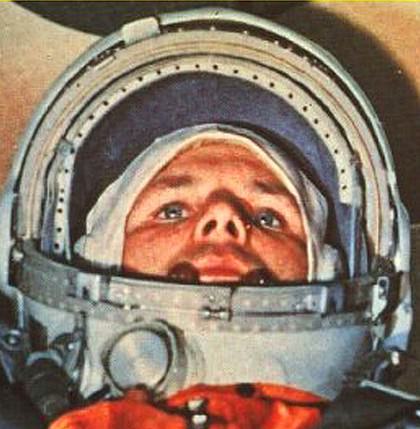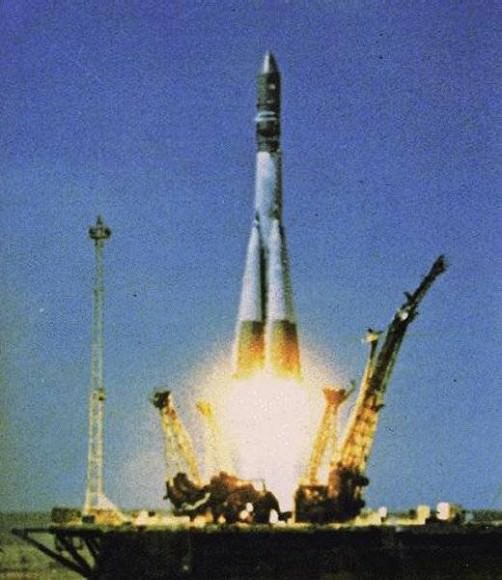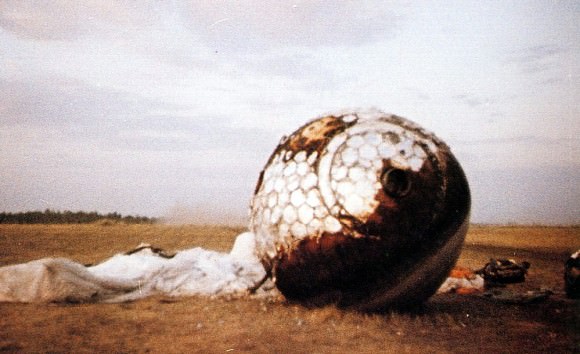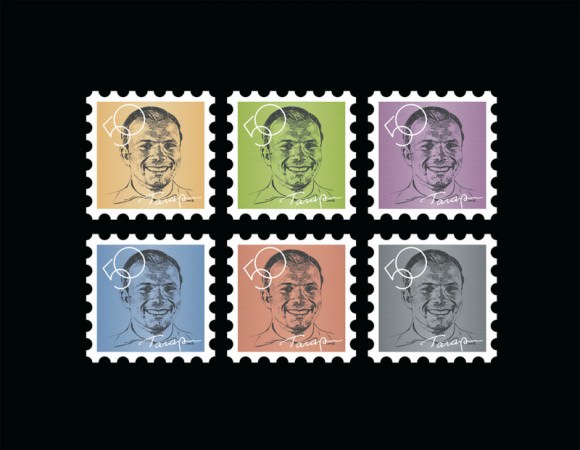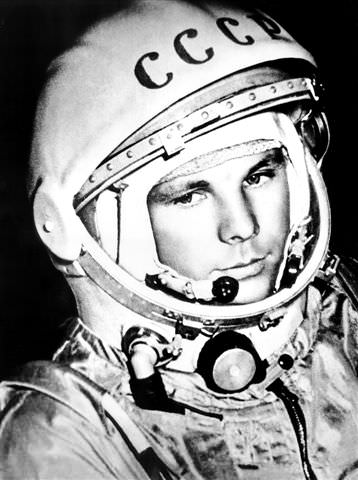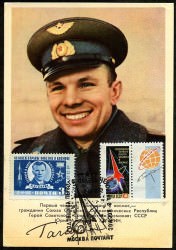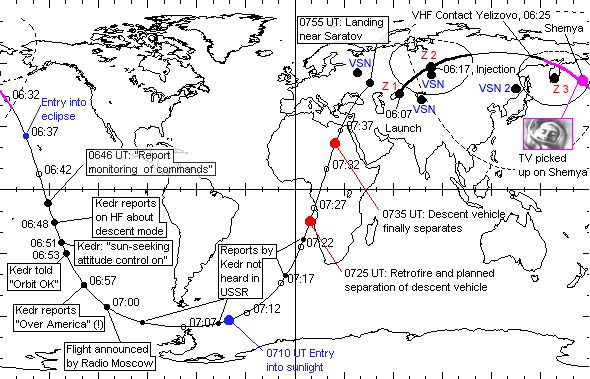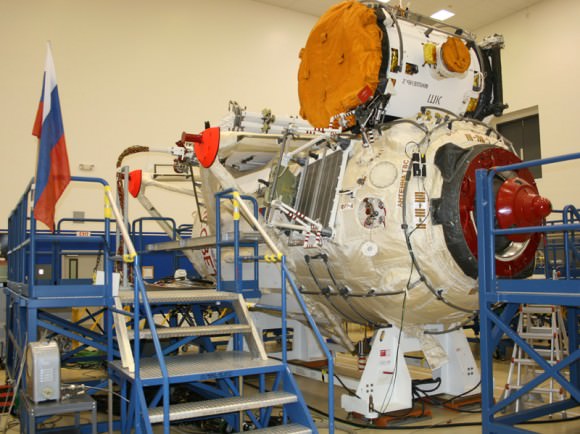[/caption]
NASA celebrated the 50th anniversary of the first American manned spaceflight at a special ceremony on May 5, 2011 which recreated every moment of that short suborbital flight by the late Mercury astronaut Alan B. Shepard. The event unfolded from the very spot and launch pad 5/6 where he blasted off from Cape Canaveral Air Force Station, Florida on May 5, 1961.
Shepard’s entire 15 ½ minute suborbital spaceflight aboard the “Freedom 7” capsule was replayed in a multimedia audio and video presentation that was projected on a Jumbotron erected off to the side of an 82 foot tall replica of his Mercury-Redstone 3 rocket.
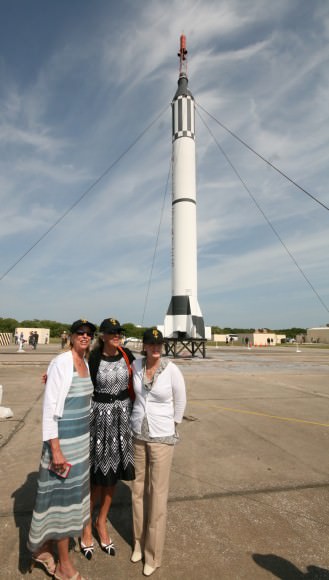
The recreation was precisely timed to coincide with the exact events of the historic mission from the launch at 9:34 a.m. to the ocean splashdown some 15 minutes later at 9:49 a.m. just as they occurred 40 years ago on May 5, 1961.
The multimedia replay began at the T minus 5 minute mark in the countdown with restored voice tapes and film footage and included every single word spoken by Shepard, live views from inside his “Freedom 7” capsule, shots of the Earth below, the spaceship descending by parachute and the naval recovery vessels.
The memorial event took place at Alan Shepard’s launch pad at Cape Canaveral to recall and honor the results and legacy of the flight.
Fellow “Original 7” Mercury astronaut Scott Carpenter did a lively play by play commentary of all the events of Shepard’s flight as it was broadcast on the Jumbotron. Carpenter was the 2nd American to orbit the Earth after John Glenn.
A crowd of more than 700 folks attended including top NASA officials and spaceflight dignitaries; NASA Administrator Charles Bolden, Kennedy Space Center Director Bob Cabana, fellow Mercury astronaut Scott Carpenter; 20 members of Shepard ‘s family including his three daughters; Jack King, former chief of NASA’s Public Information Office; Bob Moser, former Chief Test Conductor, many people who worked on Project Mercury, Florida Space Coast community leaders as well as numerous space exploration fans who journeyed here from all across the globe.
Apollo 16 Moonwalker Charlie Duke, a friend and colleague of Shepard was also on hand for the festivities.
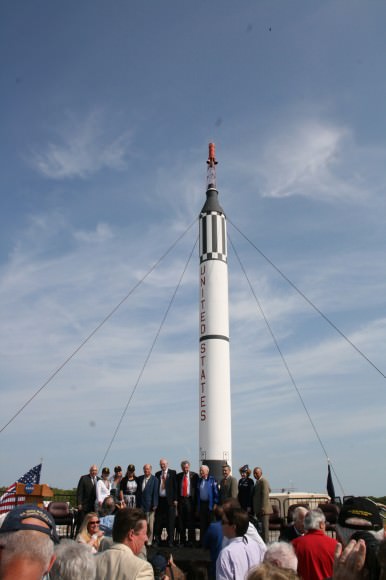
“In the audience today, we have more than 100 workers from the Mercury era who devoted their lives to flying humans safely in space,” said Kennedy Space Center Director Bob Cabana.
“You should be extremely proud of what you did for our country and for humankind,” Cabana added, as he asked them to stand and be applauded and thanked for their service by the audience.
The 50th anniversary commemoration was sponsored by NASA and local space historians and community officials.
“I remember every time he spoke, he always gave credit to everyone in NASA who built the good ships that brought him home to us safely,” said Shepard’s daughter Laura Churchley. “We thank you all very much.”
“To me — and I’ve gone through hundreds of launches and done countdowns in hundreds of launches — the first is always very special,” said Jack King. “I must admit, it’s the only one when I was misty-eyed. The first American in space! I couldn’t be prouder. And I couldn’t be prouder for being a part of it.”
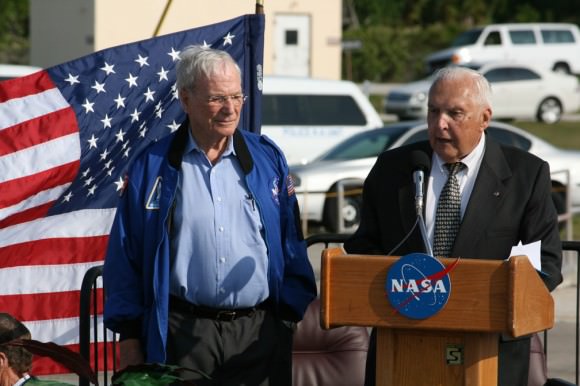
Credit: Ken Kremer
The ceremony was organized by Hugh Harris, retired NASA space shuttle Launch commentator, and longtime NBC Newsman Jay Barbree who is the only journalist to cover every American manned space mission.
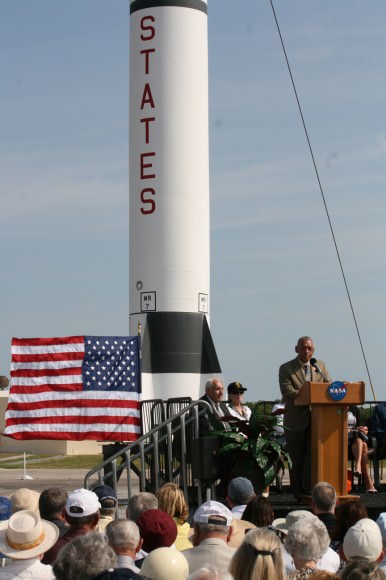
Shepard’s flight blasted off barely three weeks after Cosmonaut Yuri Gagarin became the first human to orbit the Earth on April 12, 1961.
The successful outcome of Shepard’s mission emboldened then President Kennedy to declare that America “should commit itself to achieving the goal, before this decade is out, of landing a man on the moon and returning him safely to the Earth,” just three weeks later on May 20, 1961.
Alan Shepard later became the fifth human to set foot on the Moon as Commander of the Apollo 14 mission. Apollo 14 blasted off on Jan. 31, 1971.
Shepard was the only member of the “Original 7” Mercury astronauts to walk on the moon and did so along with Lunar Module Pilot Edgar Mitchell. They touched down in the Fra Mauro region originally intended as the landing site for Apollo 13.
Kudos to Harris and Barbree for an outstanding effort taking everyone back in time and staging a thrilling “You are There!” experience to relive the events as they unfolded 50 years ago.
Read my related articles about Alan Shepard, Yuri Gagarin and the 50th Anniversary of Human Spaceflight:
Alan Shepard and MESSENGER Stamps Unveiled at Kennedy Space Center Ceremony
Yuri Gagarin and Vostok 1 Photo Album – 50th Anniversary of Human Spaceflight
Countdown to Yuri’s Night and the 50th Anniversary of Human Spaceflight !
Stirring Video Tributes to Yuri Gagarin
Yuri Gagarin From the Earth to Mars Tribute
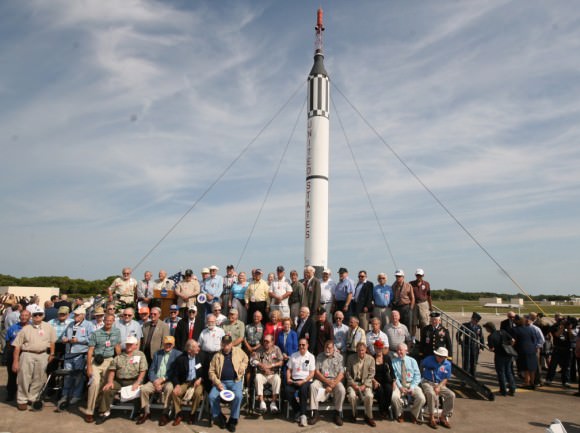
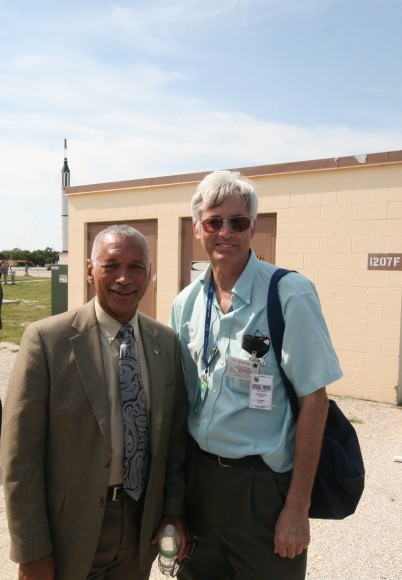
chat following the 50th Anniversary memorial event recreating Alan Shepard’s first manned spaceflight by an American astronaut. Bolden is a former astronaut and flew 4 times on the Space Shuttle and helped deploy the Hubble Space Telescope. Credit: Ken Kremer
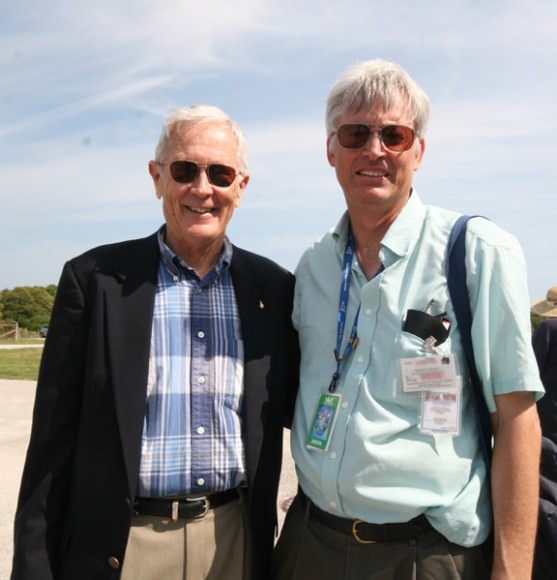
Credit: Ken Kremer
